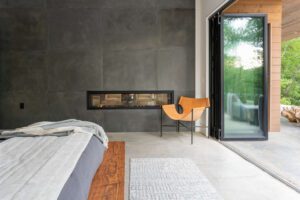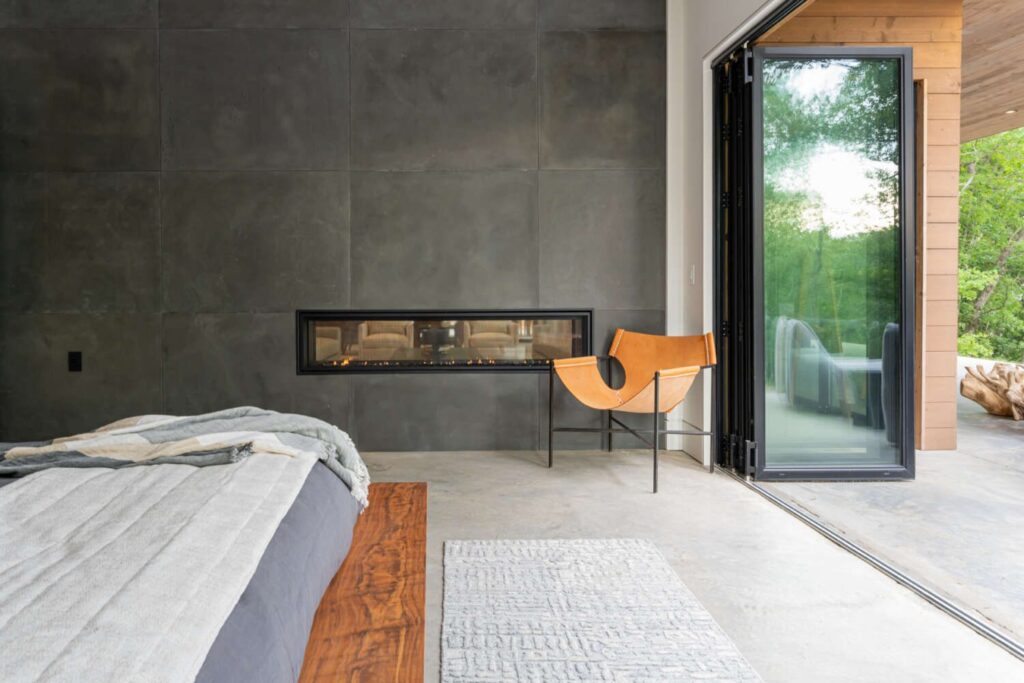Homebuyers today are increasingly concerned about the indoor air quality of their homes. Issues like mold, radon, carbon monoxide and toxic chemicals have received greater attention than ever as poor indoor air quality has been linked to a host of health problems.
A Wellness-Within-Your-Walls (WWYW) certification is a good way to ensure healthy indoor air. WWYW is an informational resource group created to provide education and guidance on chemicals commonly found in living environments. Check out the Ready Residence, which is soon to be the first WWYW certified home in North Carolina.
Many years ago, we built a home for Steve and Betty. Like all of our homes, it was certified and very energy efficient.
Steve and Betty told us that they wanted to provide their own cabinets from a company that is known for “do it yourself” because it was less expensive. We tried talking them out of this decision, but they had their hearts set on it.
On the day that the cabinet parts were delivered to the site, we asked Steve who was going to put together the cabinets. (The cabinets came unassembled in flat boxes and reeked of formaldehyde.) Steve was shocked, and hadn’t thought about who would put them together (or install) his cabinets. Once he realized how heavy they were, he decided to have our trim carpenters do it for him.
After the cabinets were assembled and installed, it cost more than if they had gone with a decent quality wood/plywood cabinet. Not only that, but the home was now filled with off-gassing particleboard.
It was only a few years later that I heard Betty was diagnosed with cancer. Obviously we cannot prove the causation, but the correlation is certainly reason for alarm.
Considering contaminants
If you’re building a custom home, you are likely not planning to sell it any time soon. Aging-In-Place certifications are also important if you’re building your forever home.
New homes are much tighter than homes built before the first energy-efficiency legislation in 1978. However, even if your home is built and ENERGY STAR® certified, there is no documentation for the quality of the contents pertaining to air.
Homes built to earn the Indoor airPLUS label include features to reduce contaminants that can lead to poor indoor air quality, including mold, moisture, radon, carbon monoxide, toxic chemicals and more. Unfortunately, homeowners are not taught of the dangers that home furnishings can present when brought into the home after completion.
Contaminants in a home include toxic compounds and can be found in products such as building materials, furniture, carpets, paint, and cleaning chemicals.
Flame retardants and other chemicals have been used for decades in the production of commercial and residential upholstered furniture as a method for achieving fire protection. The California Air Resources Board (CARB) has classified formaldehyde as a Toxic Air Contaminant, based on its potential to cause cancer and other adverse health effects.

Finding formaldehyde
Formaldehyde is a colorless gas. At elevated concentrations it has a strong, pungent odor and can be irritating to the eyes, nose, and lungs.
Formaldehyde is released into the home from a variety of indoor sources. Some resins, or glues, used to bind wood chips or fibers into plywood, particleboard, and other pressed wood products, contain formaldehyde. Cabinetry and some floor and wall materials are often made from such products. Formaldehyde is also used in fabrics to impart wrinkle resistance or to fix color, and in some consumer products it is used as a hardening agent or preservative.
Also, formaldehyde is a by-product of cabinetry, and gas appliances are common sources of two combustion processes, such as wood burning, gas appliance use, and cigarette smoking.
Formaldehyde is usually present at lower (but not necessarily healthy) levels in outdoor air; it is emitted in some industrial sources, and is also created from chemical reactions in the air among combustion pollutants, such as those in automobile exhaust.
Some common sources of formaldehyde indoors include:
- Pressed wood products: particleboard, plywood, medium-density fiberboard (MDF); often used in cabinetry, and wall and floor materials
- Consumer Products: fingernail hardeners, nail polish, wallpaper, some other paper goods, paint, coatings; often a preservative in these and other products
- Coatings for Some Cabinet and Furniture Products: acid-catalyzed urea-formaldehyde type finishes
- Permanent Press Fabrics: clothing, linens, draperies
- Combustion Appliances: wood stoves, gas appliances, kerosene stoves
- Tobacco products: cigarettes, cigars
Health effects from exposure to formaldehyde can include eye and nose irritation; nasal stuffiness; lung discomfort such as coughing, wheezing and bronchitis symptoms; allergic reactions or worsening of asthma; and cancer
Improving air quality
There are practical steps you can take to reduce your exposure to formaldehyde in your home. Levels can be reduced whether you are building a new home, remodeling an older home, or seeking to reduce exposure from sources you may have in your home.
The most effective way to reduce formaldehyde in indoor air is to remove or reduce sources of formaldehyde in the home and avoid adding new sources. Formaldehyde from sources such as pressed wood products can off gas for years.
Additionally, porous materials and furnishings can absorb formaldehyde and re-emit it later. Thus, avoidance of sources and prevention of emissions from the start is best.
Because homes are built so tight today, building a new home can unintentionally create a harmful environment for breathing. Research the products that go into your home, including the furnishings, or hire a builder that is an expert on indoor air quality and builds Indoor airPLUS-certified homes.
Sean D. Sullivan is an Accredited Master Builder and president of Living Stone Design+Build. He and his wife, Laura K. Sullivan of ID.ology Interiors & Design, have combined their passion for quality and green living by launching a 20,000-square-foot studio — Atelier Maison Co. — featuring healthy furnishings. Connect with Sean at livingstonedesignbuild.com.
You can also view this article as it was originally published on page 64 of the 2022-23 edition of the directory.


